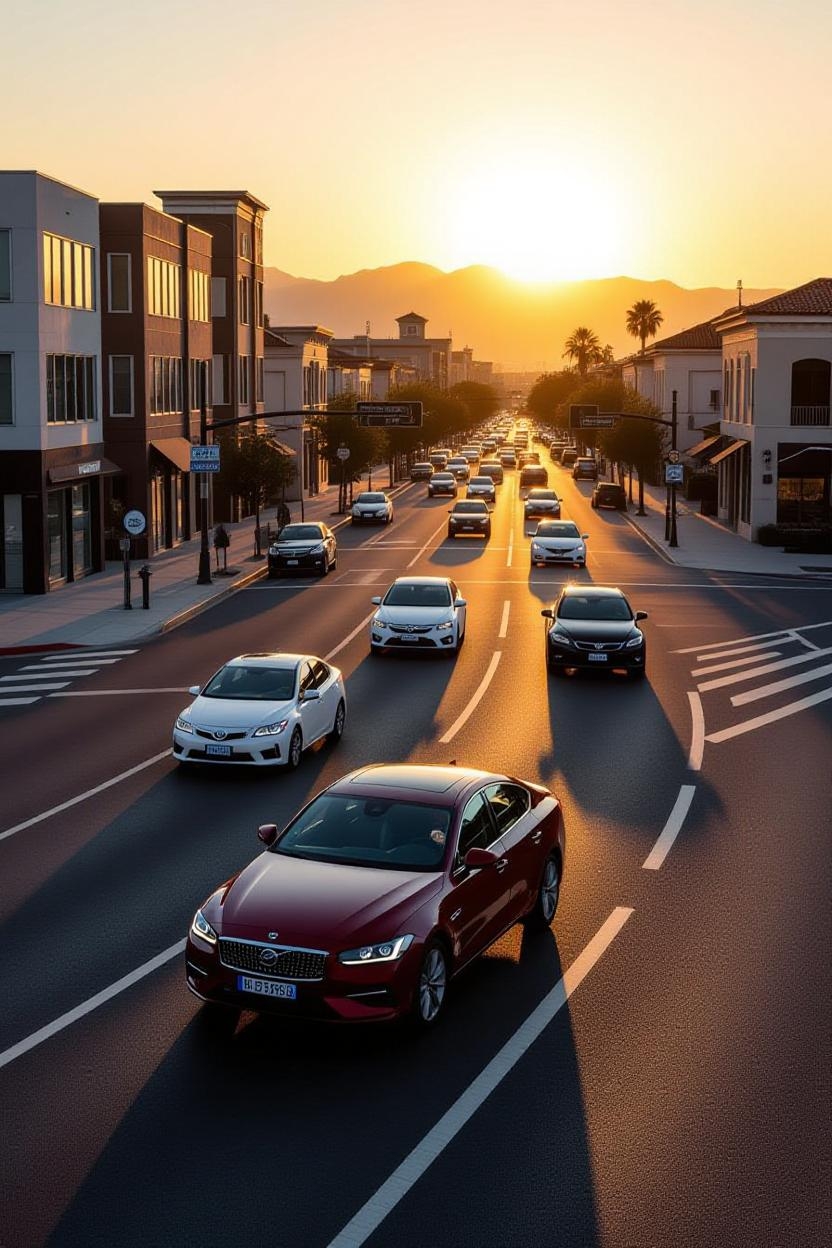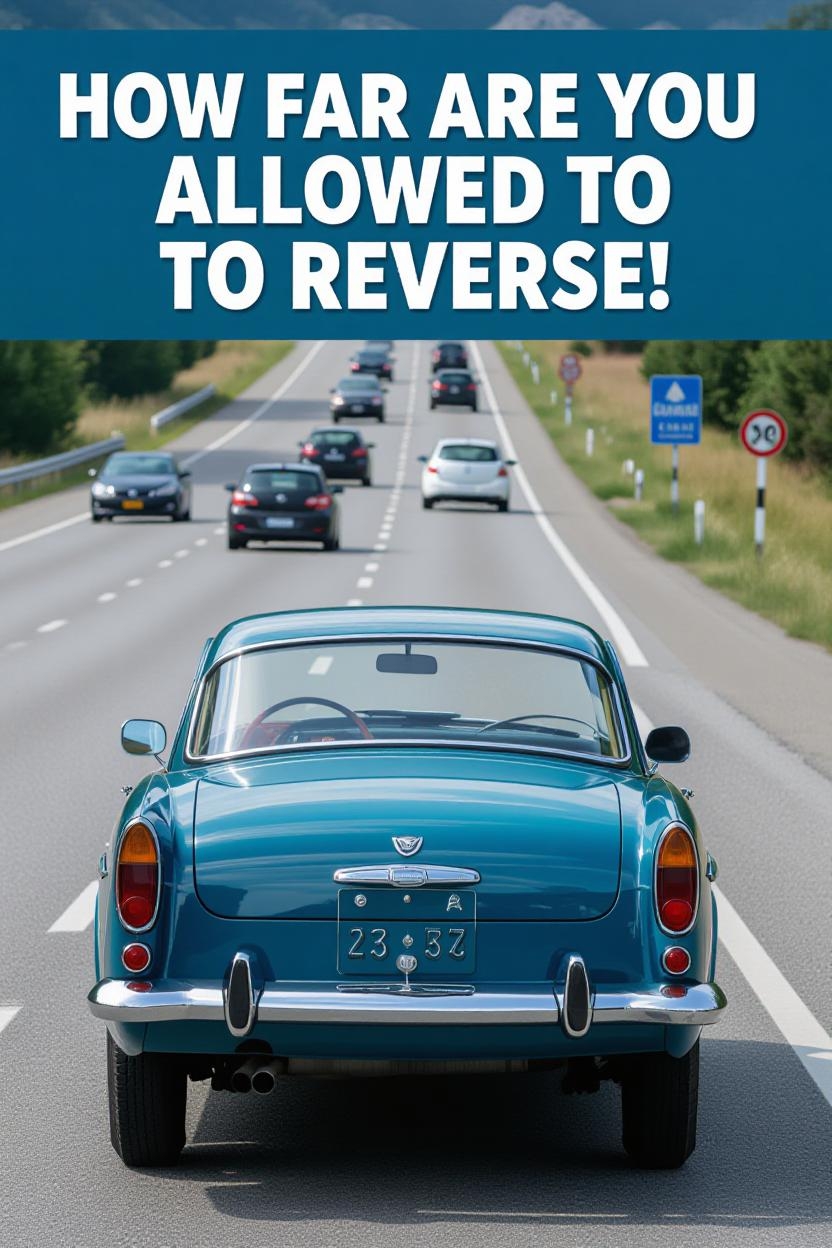Staggered Junction Sign | All You Should Know
A staggered junction (also known as a staggered crossroads or offset intersection) is a type of road intersection commonly found in urban and rural areas, particularly in the UK and other European countries.
What’s A Staggered Junction?
A staggered junction is a type of intersection where two or more roads meet, but the entry points to the intersection are slightly offset from each other, rather than directly aligned.
This configuration is typically used to improve traffic flow and safety by reducing the number of conflict points (places where vehicles might collide).
Staggered junctions often allow for easier turns and can reduce the need for complex traffic control measures like signals or mini roundabouts.
Purpose And Benefits Of A Staggered Junction?
1. Offset Layout:
- In a staggered junction, the roads don’t intersect directly. Instead, they are shifted slightly to the side, creating a staggered entry pattern. This offset can help drivers make smoother, more predictable turns.
2. Reduced Conflict Points:
- By shifting the entry points, staggered junctions can reduce the number of situations where vehicles from different roads might collide. It can also give drivers better sightlines, improving visibility at the junction.
3. Improved Safety:
- The staggered design reduces the chances of head-on collisions or complex turning maneuvers. It often results in a safer, more intuitive driving experience, particularly at intersections with lower traffic volumes.
4. Traffic Flow:
- With a staggered junction, the flow of traffic can be more consistent, as vehicles are less likely to be stuck at the intersection for long periods. The design helps ensure that cars don’t have to wait as long to turn, allowing for better movement across the junction.
5. Common in Rural Areas:
- Staggered junctions are often found in rural or less densely populated areas, where intersections are more frequent, and traffic flow is generally lighter.
How To Navigate As Driver On A Staggered Junction?

1. Slow Down and Observe Early
- As you approach the staggered junction, ease off the accelerator.
- Look for road signs, markings, and any give-way or stop lines.
- Notice whether the side road opposite is offset to the left or right.
Tip: Staggered junctions often appear on rural or secondary roads — don’t assume it’s a normal crossroad.
2. Check Mirrors and Signal Clearly
- Check your rear-view and side mirrors to know what’s behind you.
- Use your indicator early to signal your intention (left or right turn).
- This gives other drivers time to react.
Why: Clear communication reduces confusion and sudden braking from vehicles behind.
3. Approach the Give-Way or Stop Line
- Stop or yield according to the signage.
- Look both ways carefully along the main road.
- Wait for a safe gap in traffic.
- Watch out for fast vehicles — especially on rural main roads.
Tip: Don’t creep out too far — keep your front wheels behind the line.
4. Enter the Main Road Smoothly
- When it’s clear, turn onto the main road and build up speed steadily.
- If your destination is the opposite road (the second part of the stagger), stay in the appropriate lane and signal early.
Key: Treat each side of the stagger as a separate maneuver — don’t rush or try to cross both sides in one quick movement.
5. Position for the Second Turn
- As you approach the second junction (the offset road on the other side), check mirrors again.
- Signal your intention (usually right turn for right-hand traffic, left turn for left-hand traffic systems).
- Adjust your speed and prepare to turn safely.
Tip: Keep an eye out for vehicles behind that may try to overtake you.
6. Complete the Turn and Re-check
- Make the second turn carefully into the side road.
- Once in the new road, cancel your signal, adjust your speed, and keep to your lane.
- Check mirrors again to stay aware of your surroundings.
7. Special Situations
- Oncoming traffic: Be patient. Do not cut across when traffic is approaching quickly.
- Pedestrians or cyclists: Give them priority where required.
- Night or poor visibility: Use headlights properly and reduce speed — the offset might be harder to see.
Common Mistakes At Staggered Junction?
Staggered junctions demand precise observation and maneuvering due to their offset design, which can confuse drivers into treating them like standard crossroads.
These errors often stem from misjudging the layout, poor signaling, or inadequate speed control, leading to near-misses or collisions.
Below are the most frequent pitfalls, based on driving safety reports and Highway Code guidance.
1. Treating It as a Single Crossroads
- What Happens: Drivers attempt to cross straight over the major road in one continuous motion, ignoring the offset and assuming it’s a direct path.
- Why It’s Wrong: The stagger requires two separate joins—first merging onto the major road, then exiting into the opposite minor road. This creates a “Z” or zigzag path, and straight crossing blocks traffic or causes swerves.
- Consequence: High risk of head-on collisions or being T-boned by major road traffic.
- Fix: Slow down, treat it as sequential T-junctions, and check mirrors/signals before each phase.
2. Failure to Yield Priority to Major Road Traffic
- What Happens: Emerging from a minor road without fully yielding, assuming minor road vehicles have equal right of way.
- Why It’s Wrong: The major road always has priority; give-way rules apply strictly, as per signage and road markings.
- Consequence: Side-impact crashes, especially if visibility is obscured by the offset.
- Fix: Stop or give way completely, scan both directions on the major road, and only proceed when clear.
3. Incorrect or Missing Signaling
- What Happens: Not signaling intentions early, or signaling only once for the entire maneuver instead of for each turn.
- Why It’s Wrong: Clear signals (e.g., right to join major road, then left to exit) inform other drivers and prevent misunderstandings in the confined space.
- Consequence: Rear-end shunts or confusion leading to wrong-lane entries.
- Fix: Signal at least 3 seconds before each action—mirror, signal, maneuver (MSM) routine is key.
4. Poor Speed Control and Late Braking
- What Happens: Approaching too fast and braking abruptly upon realizing the stagger.
- Why It’s Wrong: The warning triangle sign requires early deceleration to assess the dual intersections safely.
- Consequence: Skidding, especially in wet conditions, or rear-end collisions from following traffic.
- Fix: Reduce speed 100-200 meters before the junction, use progressive braking, and be prepared to stop.
5. Blind Spot Neglect and Inadequate Observation
- What Happens: Failing to check blind spots or mirrors for cyclists/pedestrians emerging from the offset side, or not looking far enough ahead.
- Why It’s Wrong: The layout hides approaching traffic or vulnerable road users until the last moment.
- Consequence: Pedestrian strikes or merging into oncoming vehicles.
- Fix: Use the full LADS (Look, Assess, Decide, Steer) process: glance left/right for the first join, then recheck for the second.
6. Lane Discipline Errors
- What Happens: Drifting into the wrong lane on the major road or blocking multiple lanes during the merge.
- Why It’s Wrong: The stagger often narrows options, and incorrect positioning can obstruct flow.
- Consequence: Causing tailbacks or multi-vehicle pile-ups.
- Fix: Position correctly for your exit (e.g., middle lane if turning right across traffic) and avoid straddling lanes.
Why These Mistakes Occur and Prevention Tips
These errors are common in driving tests and real-world incidents because staggered junctions test spatial awareness under pressure.
Factors like unfamiliarity, distractions, or poor weather exacerbate them. To avoid:
- Practice: Familiarize via diagrams in the Highway Code (Rule 185) or simulator apps.
- Awareness: Always heed advance warnings and road studs.
- Defensive Driving: Assume others may err—maintain extra space and scan continuously.
Staggered Junction Sign

The staggered junction sign is a mandatory warning sign used in the UK and many other countries to alert drivers to an upcoming staggered crossroads.
It appears well in advance (typically 100-300 meters before the junction) to allow time for deceleration and assessment.
Recognized under the UK’s Highway Code (Rule 185) and Traffic Signs Regulations, it’s designed to prevent the common error of treating the junction as a straight crossroads.
Description and Design
- Shape and Color: An equilateral triangular sign with a red border on a white background, indicating a hazard ahead. This follows international Vienna Convention standards for warning signs.
- Symbol: Depicts a horizontal major road (thick black line) with two minor roads (thinner black lines) joining it from opposite sides at an offset angle—one slanting slightly left-up, the other right-down—creating a “Z” or staggered appearance. No text is included; the graphic is self-explanatory.
- Size: Typically 600-900mm per side on main roads, smaller in urban areas.


